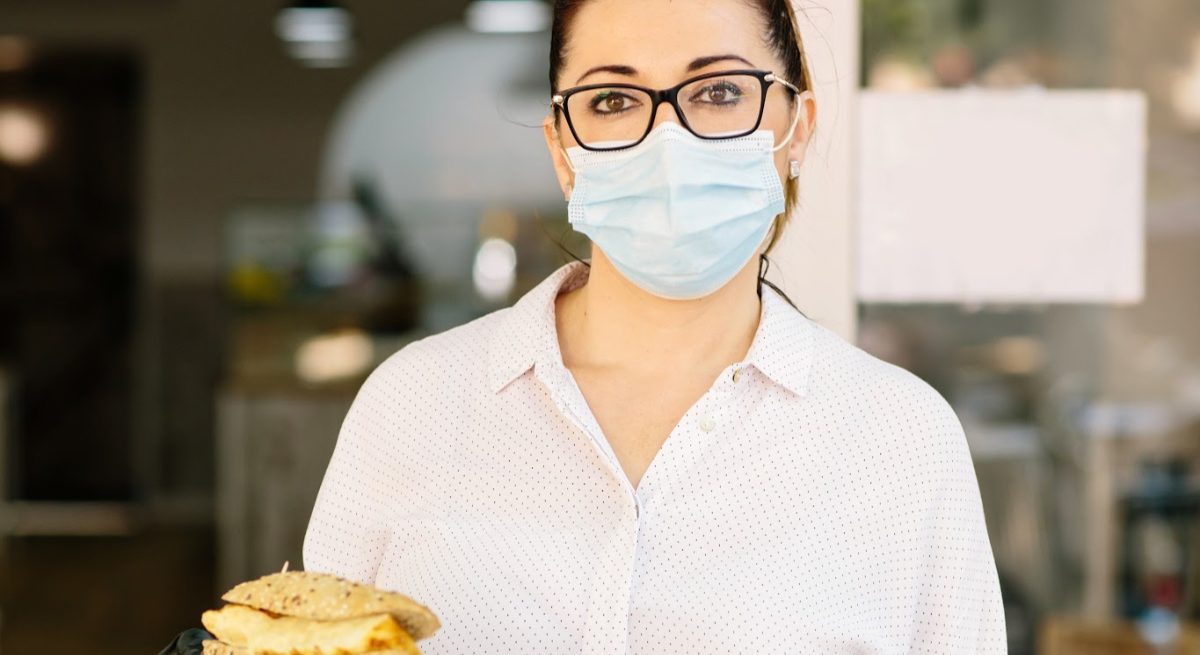Safety First: Welcoming Restaurant Employees Back
3 Min Read By Nick Pappas, David Harrison
Over the past few months, many restaurants made difficult decisions to reduce their workforce and apply a strict delivery and takeout format or pause operations entirely due to COVID-19.
As the fight against COVID-19 continues, more of those same restaurants have started considering—and even implementing—new plans for welcoming employees and customers back for in-person dining. The return of a more regular dining experience signals an encouraging step forward for owners and employees alike, however, caution is necessary. Unexpected downtime, when paired with a swift return to work, can present new risks to restaurant employees.
As members of Sentry Insurance’s safety team, we’ve compiled several tips and resources with those risks in mind to help your restaurant experience a safer return. Of course, before you take any employment action or reopening steps, you should consult an expert or a member of your human resources team about your restaurant’s circumstances.
Communicate Return Criteria
The key to a full return is a full workforce, but how you welcome your workforce back is equally important. Start by organizing a detailed plan for reintroducing your employees, while monitoring potentially unintended risks. Below are a few areas to consider:
- Frequently review wages and hours for employees who have modified duty or hours. Fair Labor Standards Act (FLSA) claims can derive from modified schedules or remote work.
- Familiarize yourself with the Families First Coronavirus Response Act. Claims can occur from violations of this new legislation due to paid leave changes relating to COVID-19.
- Evaluate and adhere to your restaurant’s Family and Medical Leave Act (FMLA) policy to reduce potential claims associated with time away from work related to the pandemic.
Your restaurant’s plan for welcoming employees back should follow objective criteria, focusing only on the abilities necessary for operations. After a plan is approved, communicate directly and often with employees about the primary information relating to their return. Such a large return can introduce uncertainty, therefore it’s important for your leadership team to serve as a resource and field any employee questions or concerns throughout the process.
As always, check your state and local employment regulations for additional guidance as your restaurant opens for in-person business.
Promote Employee Reconditioning
Once your restaurant has communicated its return strategy to employees, it’s time to turn your attention towards the duties, hours, and physical demands associated with each employee. If your restaurant temporarily paused operations or transitioned to takeout and delivery, employees may need a reconditioning period as they readjust to increased roles.
Before ramping up operations, conduct training meetings with staff to discuss your restaurant’s protocol for reporting injuries and symptoms. During the training, encourage employees to document physically demanding job duties such as heavy lifting to help identify and plan around potential injury risks. Supplement your restaurant’s safety further by training managers to spot the early warning signs of workplace injuries in employees.
The increased hours and responsibilities during your reopening phase may add further stress to an already stressful situation, therefore it’s important to help employees ease into their roles. If your restaurant has the necessary staff, designating additional job rotations and smaller but frequent breaks can help lessen the likelihood of workload burnout.
Foster Good Hygiene
As your restaurant puts the finishing touches on employee training, now is the time to set hygiene expectations. The CDC and National Restaurant Association provide continuously updated hygiene resources, which can, among others, serve as sources to help develop your restaurant’s specific guidelines.
In-person dining will pose unique hygiene challenges to your restaurant, particularly in high-traffic areas. Consider limiting bathroom capacities for both employees and customers to reduce person-to-person proximity. Once your restaurant knows the exact seating layout for customers, discuss a method for employees to direct foot traffic in one direction. This can provide an organized way for customers and employees to navigate your restaurant while maintaining a six-foot distance.
Due to the daily interactions involved with restaurant operations, adding similar social distancing methods to common customer and vendor exchanges can prove useful. Potential strategies include a no-contact method for greeting customers and requesting online payment options prior to supply deliveries. When vendors do arrive onsite, directing employees to meet them outside of the facility may provide more space for social distancing.
Finally, remind employees of personal hygiene best practices such as handwashing for at least 20 seconds, using hand sanitizers containing at least 60 percent alcohol, and avoiding hand contact to their nose, mouth, and eyes. Your restaurant’s local and state guidelines can provide more specific direction regarding employee face coverings. Supplying extra masks onsite may come in handy if customers or employees request one.
As your restaurant eyes an official reopening date, we hope the strategies we’ve covered in this article inspire new ways to promote a culture of safety in your workplace. By putting your employees' and customers' health and safety first, you're likely to emerge in a much stronger position as in-person dining returns.



